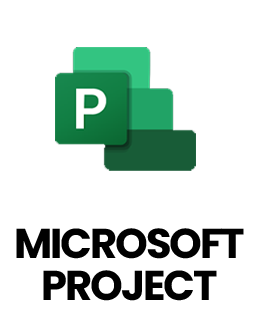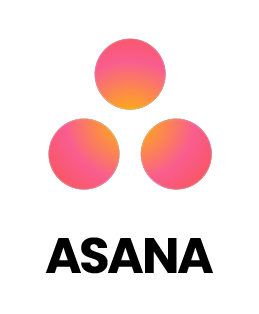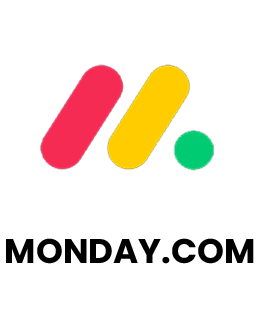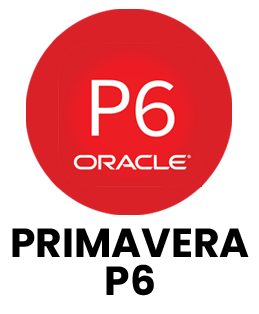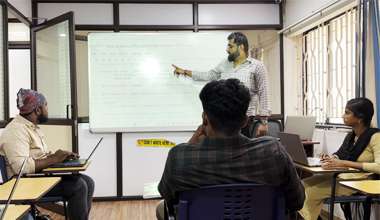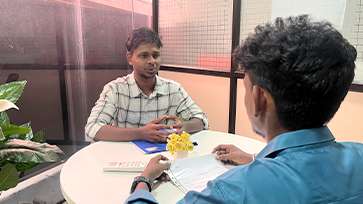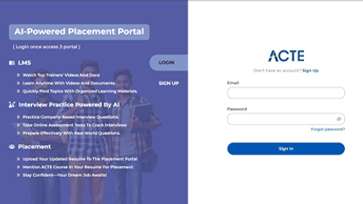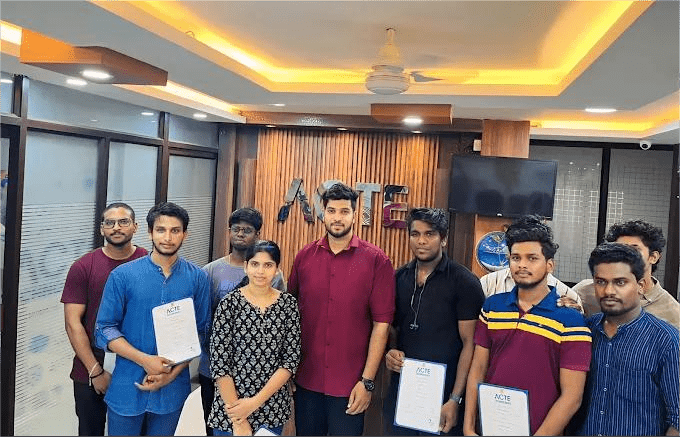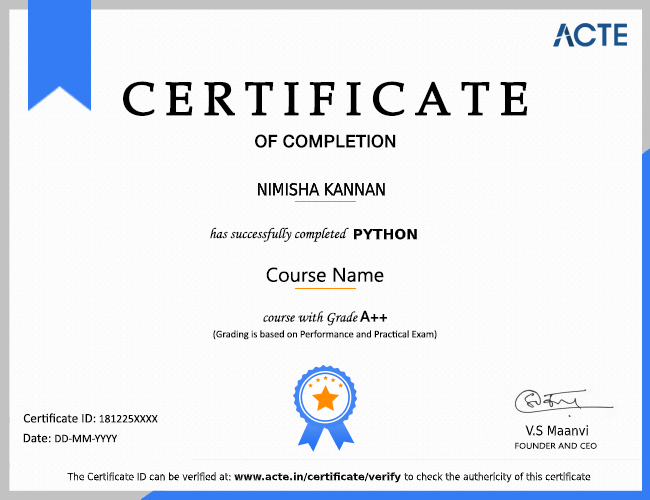1. How are requirements gathered and prioritized from stakeholders?
Ans:
Requirements are collected using interviews, surveys, workshops, observations and reviewing documentation. Prioritization is based on urgency, feasibility, business value and potential project impact. Techniques like MoSCoW or weighted scoring are often used to make prioritization transparent and efficient.
2. What distinguishes business requirements from functional requirements?
Ans:
Business requirements define the organization’s high level goals, while functional requirements specify the exact features or behaviors the system must have to meet those goals. Together they ensure both strategic objectives and practical implementation are clearly aligned.
3. What is a Use Case and why is it important in requirements gathering?
Ans:
A Use Case is a detailed story of how a system interacts with users or other systems to complete a task. It validates functional requirements, clarifies user interactions and helps development teams understand what must be built to meet expectations.
4. How are conflicting requirements from different stakeholders managed?
Ans:
Conflicts are handled through open discussions to understand underlying concerns. Active listening, empathy and negotiation help identify shared goals and reach compromises, keeping the project aligned with overall objectives.
5. What is Gap Analysis and how is it conducted?
Ans:
Gap Analysis identifies differences between the current and desired state of a system or process. It involves examining existing processes, pinpointing gaps and mapping steps often using process improvements or technology solutions to achieve the target state.
6. How is the quality of business requirements ensured?
Ans:
High-quality requirements are ensured through stakeholder reviews and adherence to best practices. They are validated for clarity, measurability, realism and alignment with project goals to prevent ambiguity and guide successful outcomes.
7. What is User Acceptance Testing (UAT) and what role does it play?
Ans:
UAT is the phase where end users verify the system meets their needs. By simulating real scenarios, UAT uncovers issues before deployment, ensuring the solution delivers expected business value and readiness for production.
8. Which tools are commonly used for business analysis and why?
Ans:
Business analysts often use JIRA for managing requirements, MS Visio for diagrams, SQL for data querying and Tableau for reporting. These tools improve efficiency, communication and provide clarity across teams.
9. How is scope creep handled during a project?
Ans:
Scope creep is managed by defining and documenting project scope at the start. Monitoring requests continuously and applying a formal change control process helps evaluate their impact on budget, schedule and resources keeping the project stable.
10. Can you provide an example of improving a business process?
Ans:
In one project inefficiencies in the customer service workflow were identified. By implementing automation, response times dropped by 30%, reducing escalations and improving overall customer satisfaction.

